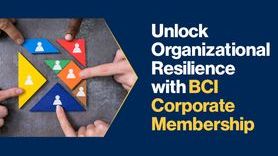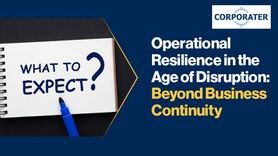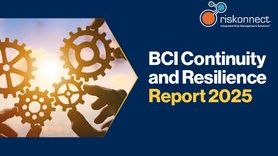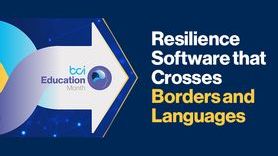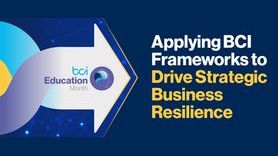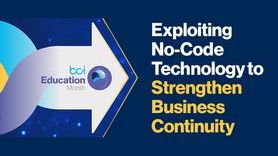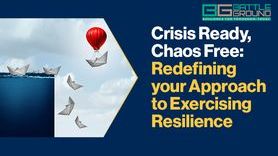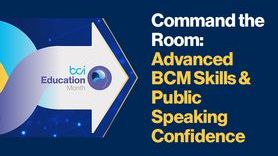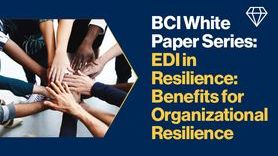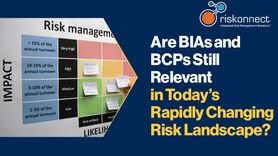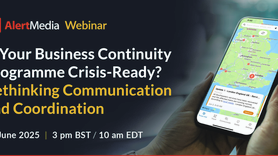Exercising in a post-pandemic environment by Tim Janes Hon FBCI

The BCI’s Good Practice Guidelines 2018 makes it clear that exercises should be as realistic as possible and be carried out using the same procedures and methods as would be used in a real event. What does that mean for business continuity professionals in organizations where day-to-day practices and procedures have been transformed for a post-pandemic environment?
The COVID-19 imposed transition to work-from-home has now become standard business practice for many organizations. A recent Gallup survey found that 75% of American workers able to work remotely intend to keep doing so in the future. The technology and processes that enable virtual teams and hybrid working have been proven effective and make in-person workplace gatherings increasingly rare. This new way of working has been enthusiastically adopted by most office workers. There’s no going back.
Therefore, I think it is unavoidable that team-based continuity exercises must evolve to reflect this new reality. I have certainly had to adapt the style, content and delivery of the exercises I have conducted since March 2020. The format presents both challenges and opportunities for business continuity professionals, as both exercise planners and facilitators.
Challenges of virtual/hybrid exercising
When compared to in-person exercises, I’ve found the dynamics of a fully virtual or hybrid (e.g. a mix of in-person and online) exercise to be less fluid. Being tied to a technology that focuses on a series of solo talking heads can make interactions between participants more constrained. The isolation of team members means that productive side discussions are less common and their off-camera actions harder to observe (are they completing a checklist or checking their twitter feed?) The chat function embedded in some systems does allow informal contact between team members but making practical use of the rapid stream of content can be challenging.
I have also noticed that virtual or hybrid exercises seem to move more slowly than the face-to-face variety. This leads to a necessary reassessment of the content that is needed to support an exercise, what format it should be in and how it is best delivered to the participants. The technology platform supporting the exercise often suggests the solution to these questions.
Successful exercises have always relied to some degree on supporting technology to work properly. These dangers are amplified when the whole exercise can come undone if the online meeting platform decides to misbehave. Pre-planning, technical rehearsals and robust fallback options are essential, as there’s little worse than fixing mundane technical issues in front of an impatient executive audience.
Of course, the challenges experienced in a virtual or hybrid team exercise are the same as those that would arise in a real crisis. This makes it ever more important for continuity and crisis teams to experience virtual or hybrid exercising, so they appreciate the potential obstacles and develop solutions to remove or avoid them.
Opportunities with virtual/hybrid exercising
I also want to emphasise that there are benefits to be derived from the rise of virtual and hybrid exercises. Indeed, the use of online meeting platforms can certainly make it easier to access the required team members wherever they are located and may reduce the former struggles necessary to gather all the required participants in the same room at the same time.
This accessibility also presents opportunities for how scenario exercises are structured. Rather than a long standalone event, they can be conducted as series of brief, but linked sessions held over several days, potentially attached to other regular management meetings. Each session combines the next scenario stage with progress updates, discussion and further decision-making.
Business continuity and resilience professionals have been adjusting to a rapidly changing working reality for the last two years. The disruption to how teams exercise is another element in an evolving continuity lifecycle. While virtual or hybrid exercises undoubtedly present challenges to the style, content and delivery of the exercises we deliver, the problems are not insurmountable. They create opportunities to explore new methods of delivery and engage team members in more accessible ways.
Tim Janes Hon FBCI
Sydney, Australia.






